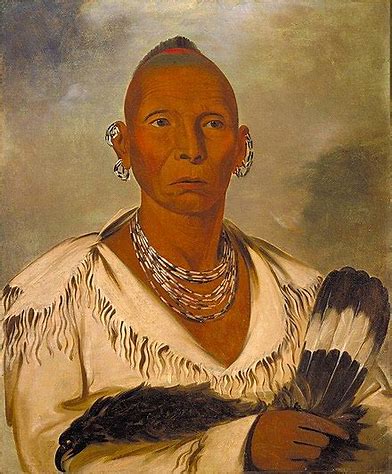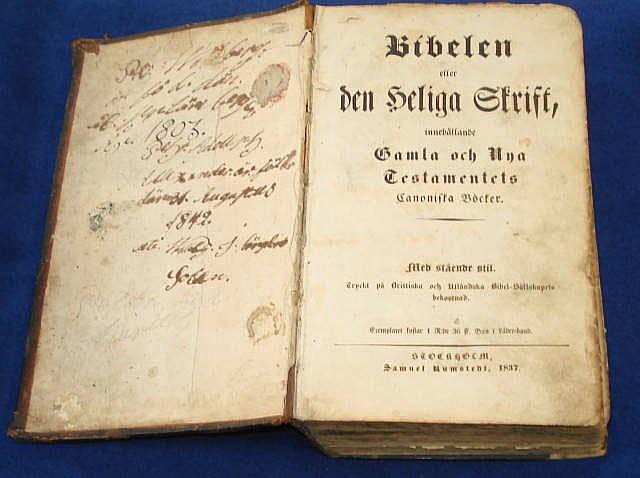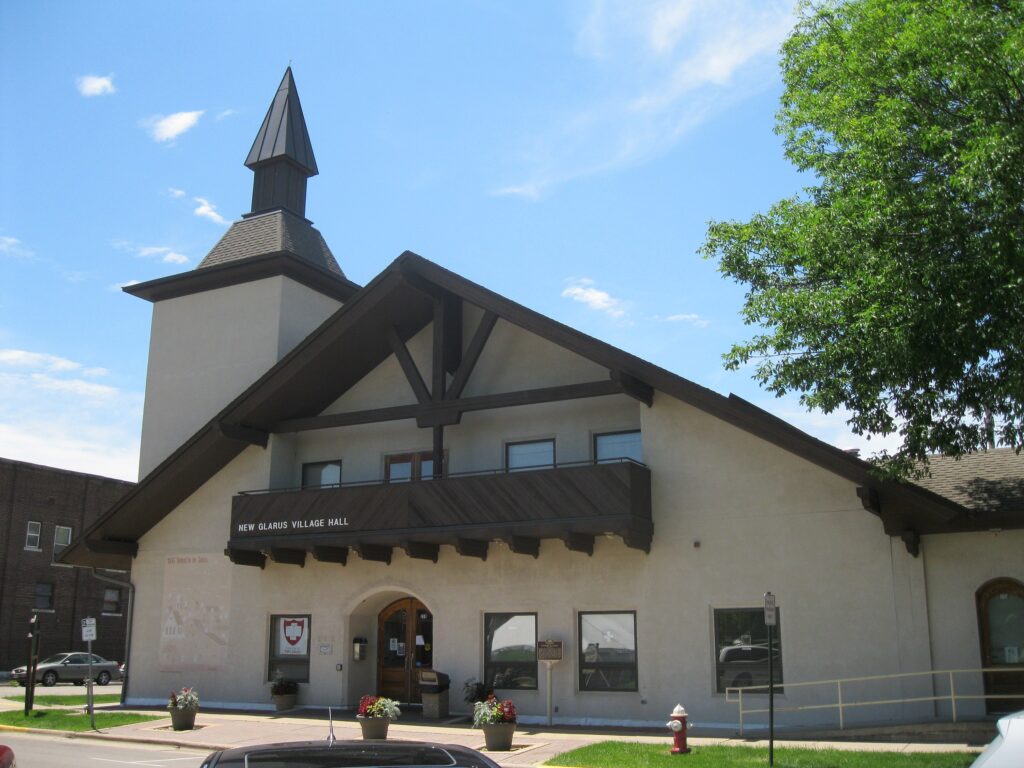Wisconsin and its Swing-State history rocks (as my last blog indicated)! But there’s much more to “America’s Dairyland” than a unique political past.
The state became a Territory in 1836, A State in 1848. But much went on before those important events– events which appeared thousands of years after Wisconsin’s first inhabitants roamed the area.
Wisconsin’s Fascinating Native-Americans
The fact is, Native Americans occupied Wisconsin during Pre-Historic days, long before the French arrived in the 1600s. (And long before the first “British Invasion” in the 1700s).
The study of the state’s Indian tribes (past or present) would span several blogs. But suffice to say that you’d find many of their names quite familiar… “Chippewa,” “Ho-Chunk,” “Menominee,” “Potawatomi,” “Sauk,” “Fox,” et. al.
Paleo-Indians lived through the last glaciation period of Wisconsin, hunting large mammals like Bison, Mastodons and Mammoths. Later descendants established the first significantly-sized WI community in a place they called “Aztalan.”
In his travels with Louis Joliet through the area, “Father Jacques Marquette” first entered into his journal an Indian name which meant “this stream meanders through something red” (presumably describing the “Misconsing” River, running through the red bluffs of the Dells).
French explorer, La Salle, later misread Marquette’s “Misconsing,” calling it instead “Ouisconsing”… and the rest, as they say, is history. Oui, Oui!
Immigrants and a Badger Named “Bucky”
About the time lead miners first arrived in the state, Congress decided to put a “W” at the beginning of the name, which stuck for the subsequent 2 hundred years. This is the moniker hard-working Czechs, Poles and other Eastern Europeans would have been familiar with (as well as more Socialist-minded Germans), as they arrived around the mid-1800s.
Fun fact about immigration from Northwestern Europe: just as Spanish and English are often printed on various types of things today, German and Norwegian accompanied English on forms, documents, and other items throughout the 1800s.
Here’s another fun fact about the 30th State admitted into the Union: we all know the mascot named “Bucky Badger.” But did you know his full name is actually “Buckingham Ulysses”?
… And did you also know that “The Badger State” was actually named after Wisconsin lead miners (often called “Badgers,” because of their propensity to burrow into hillsides and dig underground)?
Yes, it’s true… the state has its fair share of badgers (though this lifelong Wisconsinite might have seen only one over the decades).
According to estimates, every Wisconsin county, save 6, has reported an official badger population– a fact which is hard to pin-down, because these deceptively cute carnivores are predominantly only active at night.
Beyond being described as “elusive,” the other adjectives frequently attached to the badger are “fierce” and “relentless.”
Wisconsin adopted the white with black-striped mammal as its “state animal” in 1957… 130 years after lead miners first arrived in the state!
A Few Famous Things About Wisconsin
Wisconsin’s been well-known for many things over the years, including Mining, Lumber (plus associated paper mills), Cranberries and, of course, Dairy. It switched from predominantly harvesting wheat to producing dairy products back in the Civil War era.
Dairy-minded immigrants from New York helped change Wisconsin from “America’s Breadbasket” to “America’s Dairyland,” after the chinch bug and poor soil practices nearly devastated wheat production.
Since then, immigrants from all over the globe have contributed their unique talents to this place I call home. Just to travel to our state capital, Madison, is to experience diverse shopping and dining experiences, connected to places like Ethiopia, Thailand, Vietnam, and you-name-it.
Heck, if you travel to the South of “MadTown,” and enter Green County, you might discover a charming, throw-back place called “Little Switzerland” (also known as “New Glarus”). Here you can transport yourself into a totally different culture, as you visit Swiss buildings and festivals… seemingly from the old-world!
To round out our look at this fascinating place called “Wisconsin,” let’s look at a few more Fun Facts from The Wisconsin Historical Society (from which I drew some of my research for this piece).
A Few More Fun Facts about Wisconsin
- Nearly 21 million gallons of ice cream are consumed by Wisconsinites each year.
- Wisconsin is a leading producer of Ginseng in the United States.
- Green Bay is known as the “Toilet Paper Capital” of the world.
- The first ice cream sundae was concocted in Two Rivers in 1881.
- The Fox River is one of the few rivers in the nation that flows north.
- Practically all the natural lakes in Wisconsin have resulted from glaciers.
- According to Wisconsin stories, Wisconsin contains more ghosts per square mile than any other state in the nation.
- American Birkebeiner, the largest cross country ski race in the US, brings upwards of 5,000 competitors to Cable.
- The largest experimental aviation event in the world is the EAA Fly-In at Oshkosh.
- Sun Prairie’s sweet corn festival is one of the largest of its kind in the nation.
- It takes an average of 100 hours of fishing to catch a 33.4 inch muskie.
- The first circus in the US was in Delavan, Wisconsin.
- Sheboygan is the “Bratwurst Capital” of the world.
- More than 800,000 deer roam Wisconsin woods.
- Almost 1/3 of all Americans live within a 500 mile radius of Wisconsin/
- Door County has more shoreline than any other county in the US – over 250 miles.
- If all of the hunter’s on opening day of deer season in Wisconsin were grouped together, they would comprise the sixth largest army in the world.
Bryan Oldenburg is a Filmmaker and Digital Marketer in Beloit, Wisconsin





0 Comments